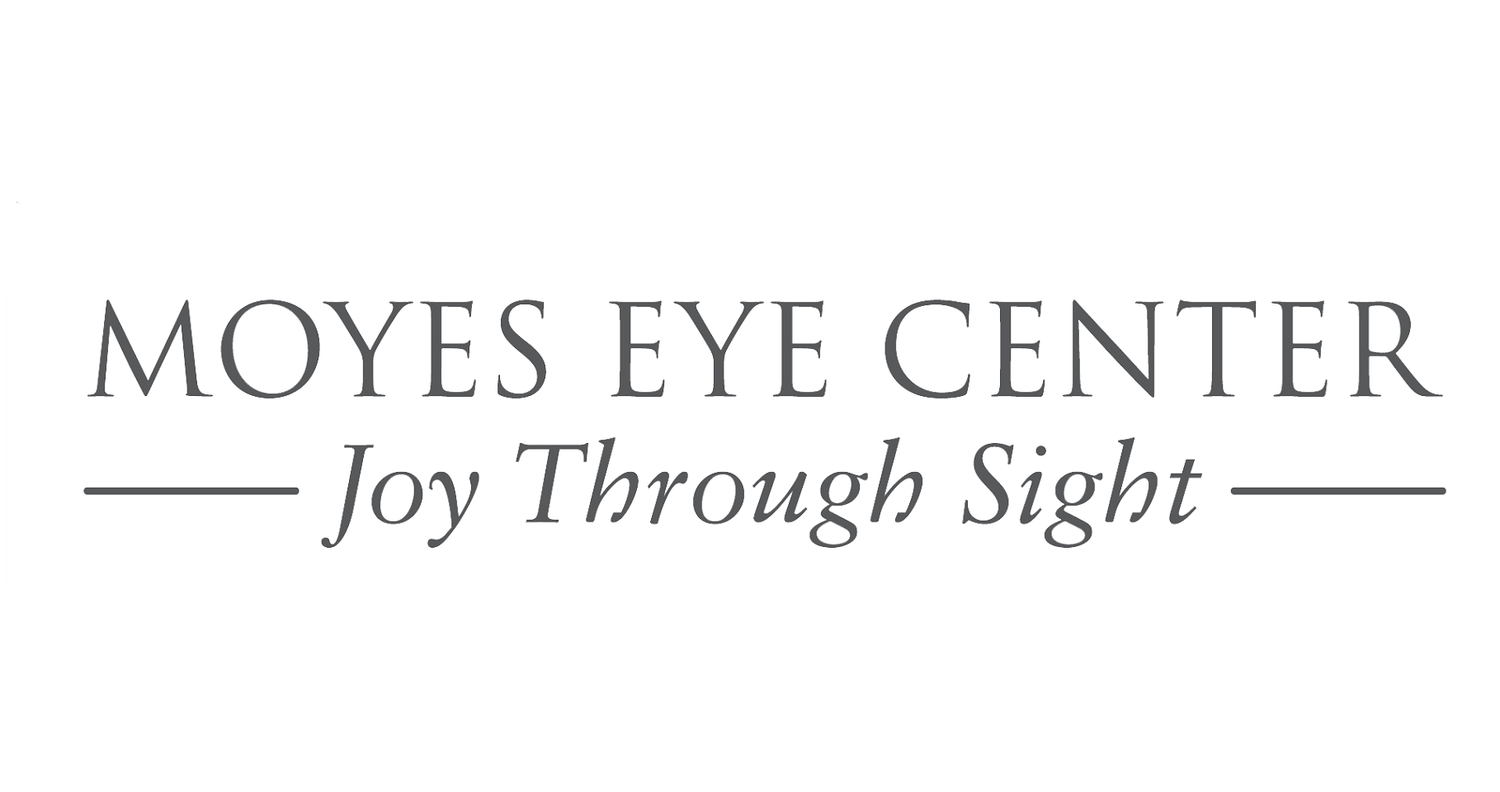Blepharospasm and Hemifacial Spasm
There are a number of disorders that can cause spasms or twitches of the facial muscles. Some of these conditions create a minor nuisance, but others may be debilitating and limit the patient’s activities of daily living. Myokymia is the name given to the condition characterized by mild, intermittent, or isolated twitching of the muscles around one or both of the eyes. Most people have experienced this type of twitching, and it is usually is associated with lack of or disrupted sleep, stressful periods of life, and excessive caffeine intake. Very rarely does this type of twitching become severe enough to need to be treated.
Benign Essential Blepharospasm (BEB) is a condition of contraction of the eyelid muscles around both eyes that typically progresses from an occasional and minor nuisance to a constant and uncontrollable inability to stop spasms. If the spasms also occur in the neck and mouth, then it is called Meige syndrome. The underlying causes of BEB are not totally understood. The first line therapy for BEB is periodic injections of botulinum toxin (such as Botox® or Xeomin®) into the eyelid muscles. This treatment can greatly reduce the symptoms of BEB in up to 90% of patients. These injections do not provide a permanent cure of the disease, but periodic injections, typically every 2-4 months, can reduce the symptoms and morbidity associated with the BEB.
Hemifacial Spams is a condition of contraction of the muscles of one side of the face, and it typically involves twitching and contraction of the muscles of the eyelids as well as the cheek and perioral area. Hemifacial spasm may be caused by an abnormality along the course of the facial nerve, the nerve that connects the brain to the muscles of the face. Neuroimaging is frequently obtained to make sure that hemifacial spasm is not being caused by a reversible or more worrisome cause occurring near the course of the facial nerve. Hemifacial spasm typically continues even when the patient is asleep. For most patients, the first-line therapy for hemifacial spasm is periodic injections of botulinum toxin (Botox® or Xeomin®) into the eyelid and facial muscles. This treatment can greatly reduce the symptoms of hemifacial spasm in up to 80-85% of patients. These injections do not provide a permanent cure of the disease, but periodic injections, typically every 2-4 months, can reduce the symptoms and morbidity associated with the hemifacial spasm. For some patients in rare circumstances, a neurosurgical procedure is also offered or required, depending on the underlying cause of the hemifacial spasm.
